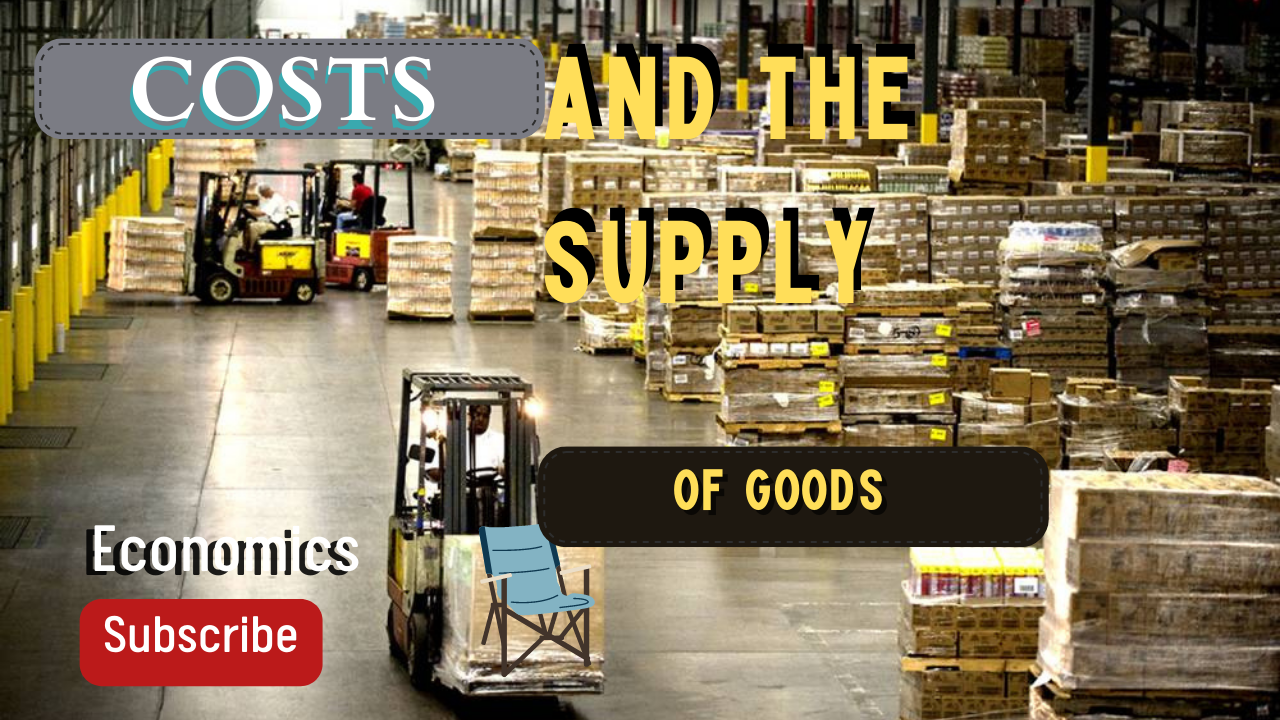Costs and the supply of goods
Costs and the supply of goods are two essential economic concepts that play a crucial role in determining the prices and availability of products in the market. The relationship between costs and supply is straightforward: as the cost of producing a product increases, the supply of that product tends to decrease, and vice versa.
In general, the cost of production is comprised of various inputs, such as labor, raw materials, and capital. As these inputs increase, the cost of producing a product also increases. This, in turn, affects the quantity of the product a producer is willing and able to supply in the market. If the cost of production is high, the producer is less likely to produce a large quantity of the product, as it would result in lower profits.
On the other hand, if the cost of production is low, the producer is more likely to produce a large quantity of the product, as it would result in higher profits. This relationship between the cost of production and the amount supplied is reflected in the supply curve, which slopes upward. The upward slope of the supply curve reflects the positive relationship between the cost of production and the quantity supplied.
It is important to note that other factors besides the cost of production also influence the supply of goods. For example, technological advancements, government regulations, and market competition can also affect the supply of goods. However, the relationship between costs and supply remains an essential aspect of the market economy and helps to explain the availability and prices of products in the market.
In conclusion, costs and the supply of goods are closely related concepts that play a critical role in determining the prices and availability of products in the market. As the cost of production increases, the supply of goods tends to decrease, and vice versa, which is reflected in the upward slope of the supply curve. This relationship between costs and supply is essential in understanding the functioning of the market economy.



